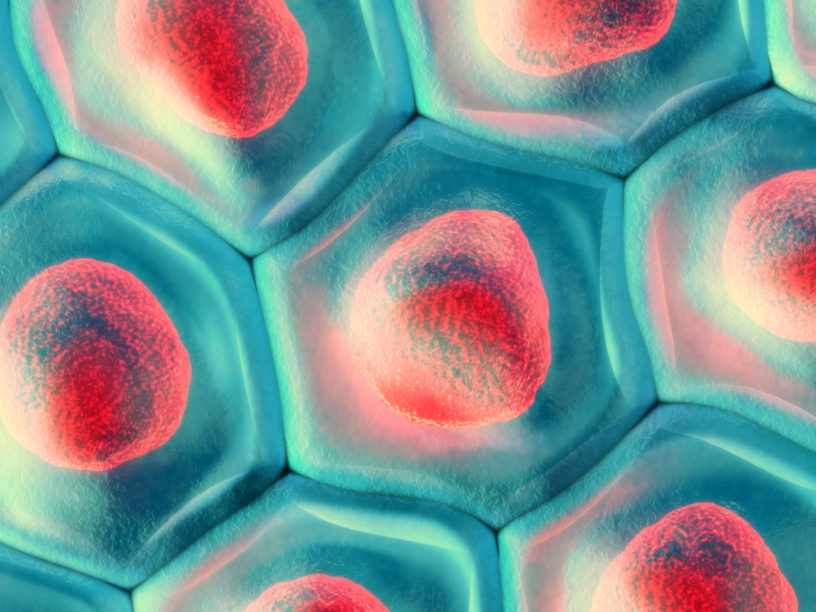2019-05-23

Sweden drives National and International collaboration to improve quality of life for burns survivors, saved through skin stem cell transplants
For the last 30 years patients with severe burns have received keratinocyte based epidermal sheet transplants to restore the barrier function of their lost skin. However, the regenerated skin lacks sweat glands and often fails to address damage to nerves and vasculature, meaning these patients lead far from normal lives. Folke Sjöberg, Professor at Linköping University and anesthesiologist at the Linköping burns treatment centre says “without sebaceous glands patient skin becomes very dry and requires topical lubrication twice daily for the rest of the patient’s life. Vascular damage and lack of hairs means that the patient’s skin is unable to perform proper thermoregulation and thus they cannot go outside when it is very warm. Nerve damage means that patients experience pain and itching in the new skin. These patients are far from cured with existing treatments.”
Folke is leading a team of scientists from Linköping, Umeå and Stockholm, working together with CELLINK AB and GE Healthcare to develop a transplantable skin construct that can perform more than just skin barrier functions. Under the CAMP Project “Development of Multilayered Tissue-Engineered Skin Construct” the team aims to develop transplant alternatives that contain sebaceous glands or hairs or that contain cell types capable of regenerating dermal layers, nerves or vasculature to improve the quality of life for burns patients.
“This project combines the expertise of current skin construct and burns knowledge with that of cellular therapies for nerve regeneration. This enables us to address the pain and itching experienced by patients.” Says Folke. “Currently treatment options for itching in regard to burns treatments are antihistamine based. These options do not target the nerve damage or source of the itching but have a sedative effect on patients, meaning that their reduced itching is the consequence of reduced activity overall. This collaborative project aims to promote nerve regeneration, reducing patient suffering at the source”.
Researchers from Umeå University are excited to participate in this new venture. Paul Kingham, docent at the Department of Integrative Medical Biology (IMB), Umeå University says “we look forward to seeing how our nerve regenerative cellular therapies technologies function in alleviation of the pain associated with burns treatment. This collaboration is an important step in understanding that diseases are often not based on loss of a single cell type or process and that we need to combine expertise towards solutions that not only keep patients alive but give them the best possible quality of life. The inclusion of our industrial partners in these studies gives us access to world class and innovative technologies to develop clever solutions towards a better product”
The team plans to begin treating patients with their new skin constructs in 2020. The trial will be conducted in collaboration with burn centers in the Netherlands, Norway, Finland and Denmark.
Learn more about this Project on their Project page Tissue-Engineered Skin
Article written by: Heather Main